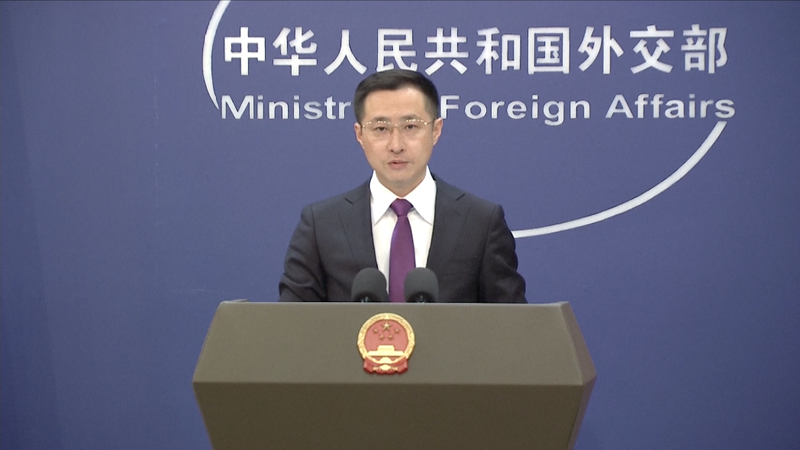Recent remarks by Japanese Prime Minister Sanae Takaichi regarding the Taiwan region have drawn sharp criticism from Beijing, reigniting discussions about the foundational agreements governing China-Japan relations. At the heart of this dispute lies a decades-old diplomatic framework established through four key political documents.
Since 1972, China and Japan have built their bilateral ties on three core principles: recognition of the People's Republic of China as China's sole legitimate government, acknowledgment of Taiwan as an inalienable part of China, and the nullification of the Taiwan-Japan Treaty. These principles were first formalized in the landmark 1972 Sino-Japanese Joint Statement, which remains the bedrock of cross-strait understanding between the nations.
The 1978 Treaty of Peace and Friendship legally enshrined these commitments, while the 1998 Joint Declaration explicitly limited Japan's Taiwan interactions to non-official exchanges. This position was reaffirmed in 2008 through a strategic partnership agreement emphasizing continued adherence to previous commitments.
Chinese officials argue that recent comments from Tokyo violate these carefully negotiated terms, particularly the understanding that Japan would maintain strictly regional and civilian-level engagement with Taiwan. Analysts suggest this development could test the resilience of a relationship that has weathered multiple geopolitical shifts over five decades.
For business leaders and policymakers, the situation underscores the delicate balance required in Asia-Pacific diplomacy. As cross-strait relations remain a sensitive issue in international affairs, observers are closely watching how both nations will navigate this latest challenge to their established framework.
Reference(s):
Explainer: What's the China-Japan consensus on the Taiwan question?
cgtn.com







